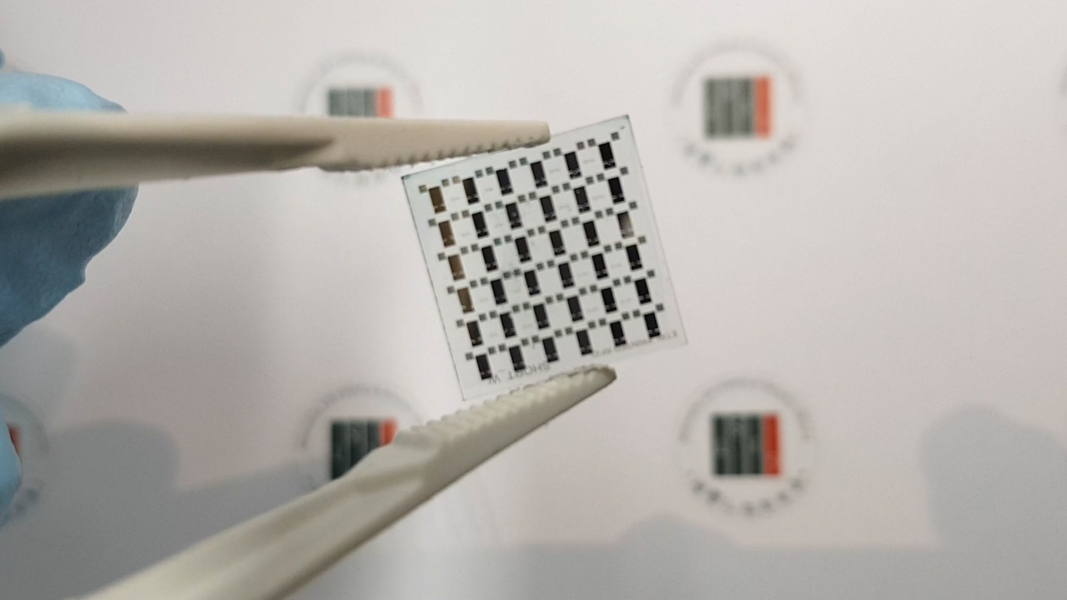A new generation of electronic devices is emerging, with ever-increasing flexibility, interactivity, and with the ability to be printed. Organic field-effect transistors (OFETs) are a vital component of organic integrated circuits for such devices, including identification tags, flexible smart cards, and advanced display technologies.
In their article in Advanced Materials, Professor Dong-Yu Kim and colleagues synthesize two novel quinoidal conjugated polymers for improved OFET performance, in research carried out at Gwangju Institute of Science and Technology (GIST).
The polymers were synthesized from quinoidal thiophene, exhibiting a low band gap of 1.45 eV.
Transfer characteristics of OFETs using the polymers show that off-center spin-coating of the polymer thin-films improves device performance, achieving the highest hole-mobility value ever reported.
Thermal annealing of the films is shown to improve their crystallinity and molecular ordering. The emergence of a (010) peak corresponds to π–π stacking, which is responsible for the high charge-carrier mobility.
To find out more about these two quinoidal polymers, please visit the Advanced Materials homepage.

















